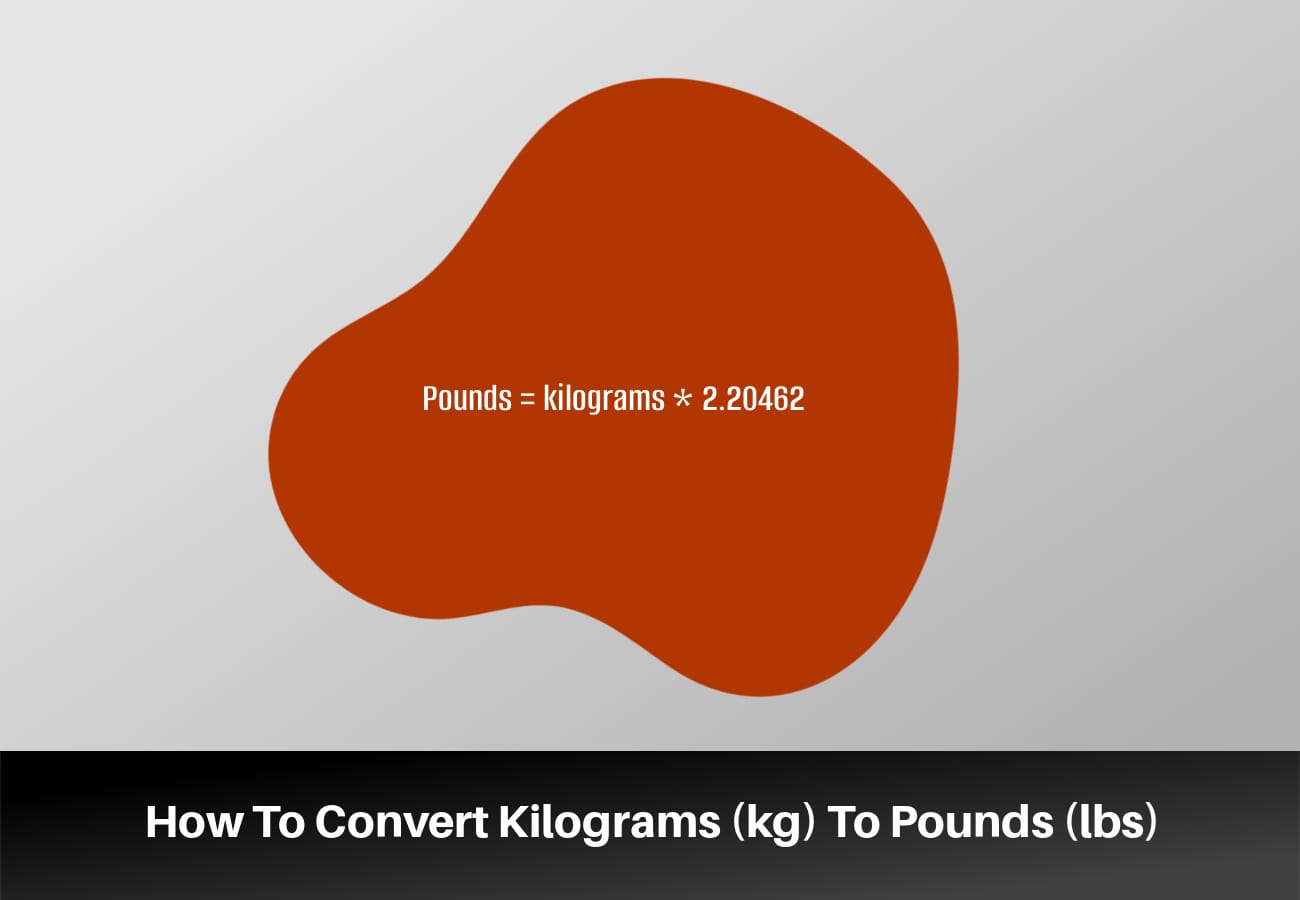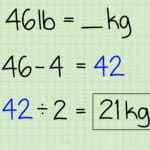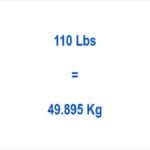This guide explores the metric system’s mass measurements, focusing on the relationship between kilograms (kg) and megagrams (Mg). Understanding these units and their conversions is crucial for various applications, from everyday calculations to scientific research.
Kilograms to Megagrams: A Simple Conversion
Converting between kilograms (kg) and megagrams (Mg) is straightforward. A megagram (Mg) is simply 1,000 kilograms (kg). The “mega” prefix indicates a factor of one million, so a megagram is also equivalent to one million grams. This larger unit is particularly useful when dealing with substantial masses, simplifying calculations and making large numbers more manageable.
To convert kilograms to megagrams, divide the kilogram value by 1,000:
Megagrams (Mg) = Kilograms (kg) / 1,000
For example, 25,000 kg of sand is equivalent to:
Mg = 25,000 kg / 1,000 = 25 Mg
Key Points:
- A megagram (Mg) is equal to 1,000 kilograms (kg).
- To convert kg to Mg, divide the kg value by 1,000.
- Megagrams are used to measure large weights in various industries like construction, shipping, agriculture, mining, and environmental science. Learn more about the issues that might occur when if the formula in cell d49 is copied to other cells.
- This conversion simplifies large numbers and makes dealing with heavy weights easier. It’s a valuable skill for understanding the metric system and has practical applications in many fields. Also, discover the kuppa joy menu with its high-quality coffee and delicious foods.
Megagrams vs. Kilograms: Understanding the Scale
Megagrams (Mg) are significantly larger than kilograms (kg). The prefix “mega” denotes a factor of one million. Therefore, a megagram (Mg) is equal to one million grams, while a kilogram (kg) is one thousand grams. This difference in scale—a factor of 1,000—makes megagrams better suited for large-scale measurements, such as industrial materials, shipping containers, and heavy machinery. Kilograms, on the other hand, are more practical for everyday items and smaller quantities.
| Unit | Equivalent in Grams | Example |
|---|---|---|
| Kilogram (kg) | 1000 grams | Bag of groceries, body weight |
| Megagram (Mg) | 1,000,000 grams | Loaded truck, large shipment, building materials |
Ongoing research in metrology may uncover further nuances in measurement, but for practical purposes, the relationship between these units is well-defined.
Kilograms to Milligrams: A Precise Conversion
While kilograms and megagrams deal with larger masses, milligrams (mg) measure much smaller quantities. One kilogram (kg) is equal to one million milligrams (mg). This conversion is essential in fields like medicine, chemistry, and engineering, where precision is paramount.
To convert kilograms to milligrams, multiply the kilogram value by 1,000,000:
1 kg = 1,000,000 mg
For example:
- 0.5 kg = 500,000 mg
- 2.5 kg = 2,500,000 mg
| Kilograms (kg) | Milligrams (mg) |
|---|---|
| 1 | 1,000,000 |
| 0.5 | 500,000 |
| 2.5 | 2,500,000 |
It’s important to distinguish milligrams (mg) from megagrams (Mg). The prefixes “milli” and “mega” represent vastly different scales. While “milli” denotes one-thousandth, “mega” signifies one million.
Tonnes and Megagrams: Equivalents in Mass
One metric tonne (t) is precisely equal to one megagram (Mg). Both represent 1,000 kilograms (kg). While “tonne” is common in everyday usage, “megagram” strictly adheres to SI unit prefixes and is often preferred in scientific contexts.
The confusion often arises from the US ton (short ton), which equals 2,000 pounds (approximately 907 kg). The US ton is not equivalent to a tonne or a megagram. This distinction is crucial, especially in international trade and scientific communication.
| Unit | Equivalent in Kilograms |
|---|---|
| 1 kilogram | 1 |
| 1 tonne | 1000 |
| 1 megagram | 1000 |
| 1 US ton | Approximately 907 |
Understanding the subtle differences between these units is vital for accurate measurements and effective communication. While current scientific understanding confirms the equivalence of tonnes and megagrams, ongoing metrological research continually refines our comprehension of these fundamental units.
- Unlock Water’s Symbolism: A Cross-Cultural Exploration - April 20, 2025
- Identify Black and White Snakes: Venomous or Harmless? - April 20, 2025
- Unlocking Potential: Origins High School’s NYC Story - April 20, 2025
















2 thoughts on “Mastering Metric Mass: Converting Kilograms to Megagrams”
Comments are closed.